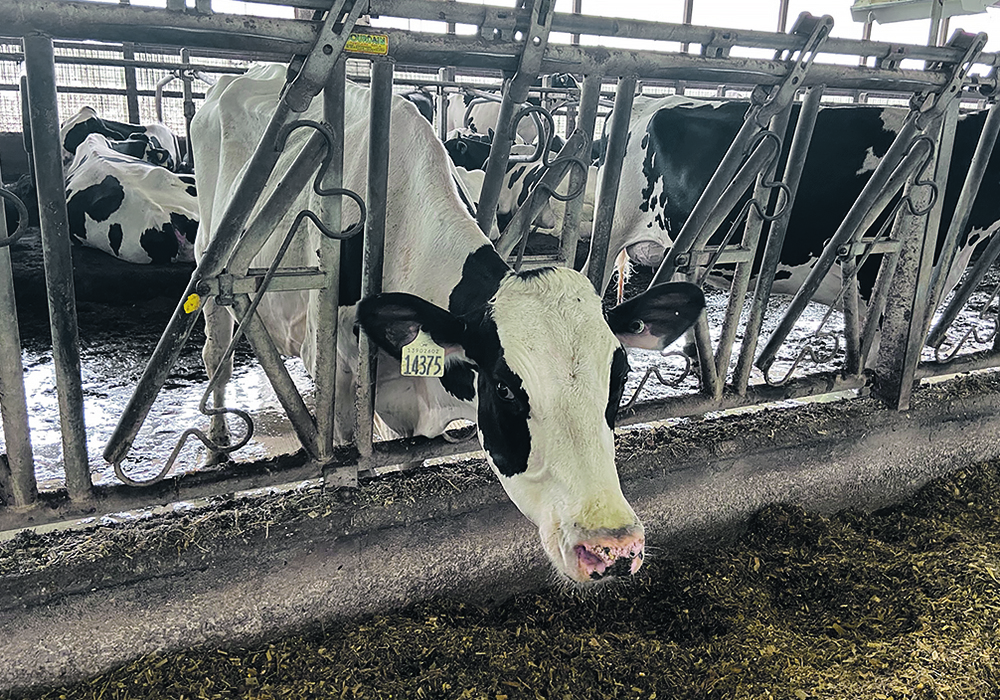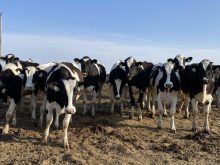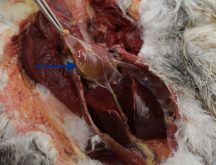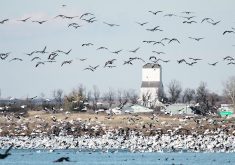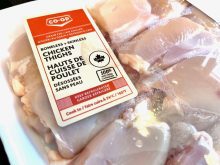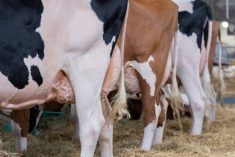Idaho and Michigan have become the newest U.S. states to identify highly pathogenic avian influenza in dairy cattle
Glacier FarmMedia – A human case of avian influenza in a person who had contact with dairy cows presumed to be infected with the virus was reported by Texas and the U.S. Centers for Disease Control and Prevention (CDC) on April 1.
It is the second case of the highly pathogenic avian influenza (HPAI) H5N1 strain identified in a person in the United States.
The CDC said this infection does not change the H5N1 bird flu human health risk assessment for the U.S. general public, which it considers to be low.
Read Also

Crop quality looks good this year across Prairies
Crop quality looks real good this year, with the exception of durum.
Idaho and Michigan have become the newest U.S. states to identify HPAI in a dairy cattle operation.
The affected farm in Idaho recently imported cattle from a state that has identified cases of HPAI in cattle.
On March 29, the U.S. Department of Agriculture also announced that a Michigan dairy herd that had recently received cattle from Texas was now detecting avian influenza.
The virus had been uncovered in late March in Texas, Kansas and New Mexico dairy herds.
In a news release, the Idaho State Department of Agriculture suggested the virus may have been transmitted from cow to cow. Previous updates said the dairy cases popping up in the U.S. were likely contracted via migratory birds.
The USDA was still flagging wild birds as the likely vector for the Michigan cases March 29, but also said that “spread of symptoms among the Michigan herd also indicates that HPAI transmission between cattle cannot be ruled out.
“USDA and partners continue to monitor this closely and have advised veterinarians and producers to practice good biosecurity, test animals before necessary movements, minimize animal movements, and isolate sick cattle from the herd. Among the dairies whose herds are exhibiting symptoms, the affected animals have recovered after isolation with little to no associated mortality reported.”
In a recent interview, University of Guelph veterinary professor Shayan Sharif expressed concern about infection spread from cow to cow.
“I’m hoping that there is no sustained transmission of the virus between cows, because if that happens, then it means that the virus has indeed adapted itself to cattle,” he said.
On April 1 Alberta Milk released a statement noting that HPAI hadn’t been found in Canadian cattle to date. Because it is carried by migrating wild birds, Canadian dairy producers are being advised to boost precautionary measures, such as reducing access to any areas that may attract waterfowl.
“It is important to be extra cognizant of introducing pathogens from the wild onto a farm,” Alberta Milk said, warning producers to avoid entering a barn with any footwear worn off the farm and to limit access for any staff that have been to the U.S.
Furthermore, they reminded producers that all milk needs to be pasteurized before consumption.
“Milk sold in Canada remains safe to consume as long as it comes from healthy cows and is pasteurized,” it said.
HPAI is a zoonotic virus. It is not yet understood how it transferred from birds to cattle, but the potential for transferring from animals to humans cannot be ruled out.
Dairy Farmers of Canada has recommendations to limit infection from migratory birds:
- Make the farmyard as unwelcoming to birds as possible by removing bird boxes on nesting grounds or wetlands nearby to limit bovine exposure to birds.
- Quickly clean up feed that may have spilled on the ground.
- Reduce bird access to feed supply (keep in enclosed areas, under roof or covered).
- Avoid bringing a tractor that is typically accessible to birds inside the barn.
Signs to watch for related to avian influenza and cattle include:
- Symptoms last 10 and 14 days
- Clinical signs include a sudden drop in milk production
- Some severely affected cows produce thicker, more concentrated, colostrum-like milk
- It causes a drop in feed consumption with concurrent drop in rumen function, accompanied by loose feces and some fever
- Older cows in mid-lactation may be more likely to be severely affected than younger cows and fresh cows
- Dry cows and heifers do not appear to be affected
- Some herds reported pneumonia and mastitis.


